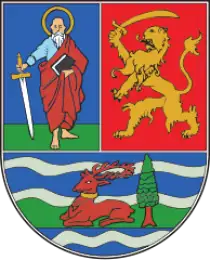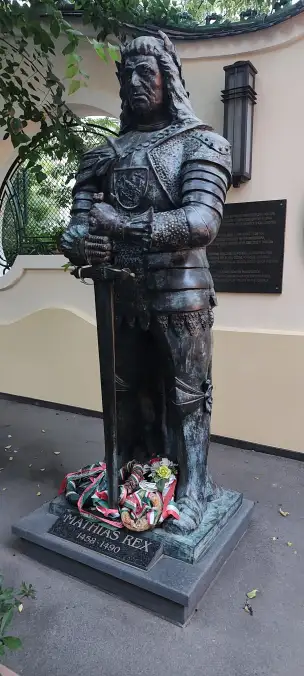Vojvodina is an autonomous region located in the northern part of Serbia.
The region is known for its great ethnic and cultural diversity. It is home to numerous national minorities, including Hungarians, Croats, Romanians, and Slovaks.
The history of Vojvodina is closely connected with various states and empires, including the Hungarian Kingdom, the Habsburg Monarchy, and the Kingdom of Yugoslavia.
In 1848, during the Revolutions of the Spring of Nations, the region declared autonomy, but eventually, Vojvodina was incorporated into the Austro-Hungarian Empire.
After World War I, in 1918, Vojvodina was annexed to the Kingdom of Serbs, Croats, and Slovenes, which later became Yugoslavia.
Discover the best flights to Serbia See current prices and promotions.
Check flights to Serbia
The Hungarian Minority in Vojvodina
The Hungarian minority in Vojvodina is one of the oldest and most significant national minorities in the region. Their presence, culture, and social activity have a long history, shaping the contemporary ethnic, cultural, and political landscape of Vojvodina.
Hungarians have lived in the area of today’s Vojvodina since the Middle Ages. The region once belonged to the Kingdom of Hungary, and later became part of the Habsburg Monarchy. Due to political processes and multiple border changes, especially after World War I and the Treaty of Trianon, significant parts of historic Hungarian territory were separated, and Hungarians living there came under the authority of new states, including Yugoslavia, and later Serbia, within autonomous Vojvodina.
Today, the Hungarian minority is one of the largest ethnic minorities in Vojvodina. Exact numbers vary depending on sources and censuses, but the population is estimated to be several hundred thousand, representing a significant percentage of the region’s total population. They are particularly concentrated in the northwestern part of Vojvodina, where numerous villages, towns, and cultural centers exist.
The largest Hungarian community in Serbia is in Subotica, where today 30–35% of the population are Hungarians (though historically, the percentage was higher). The city serves as a center of cultural, religious, and political life for the Hungarian minority. It hosts a Hungarian theater, newspapers, radio stations, and schools including gymnasiums with Hungarian-language instruction.




